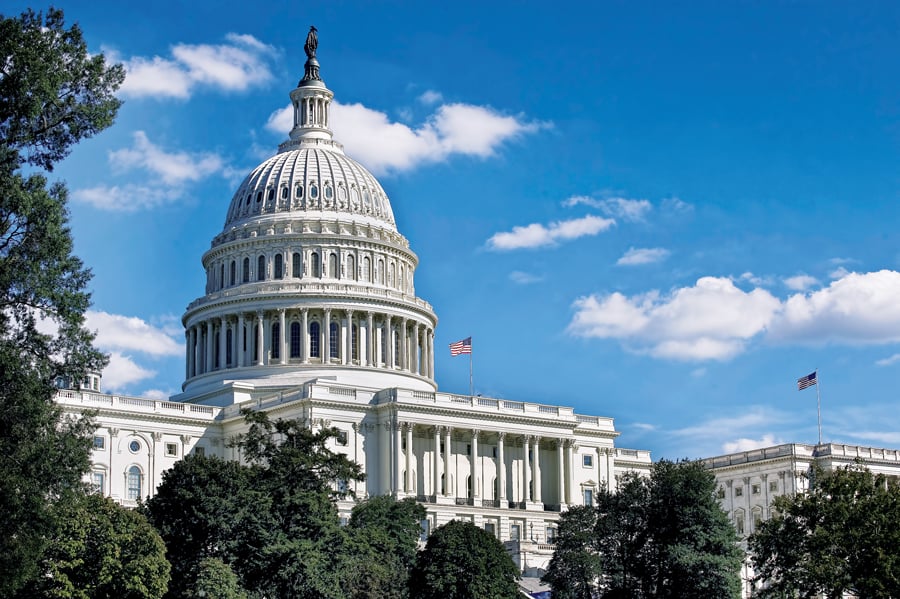

Advocates for streamlining how a certain type of annuity is offered expressed optimism about bipartisan legislation that would require a tailored regulatory filing form that they say will help investors make better decisions about purchasing the products.
Earlier this month, Sens. Tina Smith, D-Minn., and Thom Tillis, R-N.C., introduced a bill that would direct the Securities and Exchange Commission to develop a registration document specifically for registered indexed-linked annuities. Currently, RILAs use an SEC form designed for equities that backers say inundates investors with irrelevant information.
The rollout of the Senate legislation follows the introduction of a similar bipartisan House bill over the summer. Although Congress is tied up at the moment on a massive social-and-climate spending and tax reform bill and faces early December deadlines for funding the government and raising the debt ceiling, the Insured Retirement Institute said the RILA bills could gain traction.
“We’re hopeful and we’re working hard to see the bills move forward,” said Paul Richman, IRI’s chief government and public affairs officer. IRI is a trade association representing annuity providers.
The RILA bills could be rolled up into year-end legislation to fund the government or moved as stand-alone measures under House and Senate rules for expedited passage of bills that have significant bipartisan support.
Richman acknowledged that it’s always difficult to predict what Congress will do. But a factor that could help the bills gain momentum is that in addition to bipartisan legislative backing, they also have garnered support from the insurance industry and consumer advocates.
The Consumer Federation of America said in an Aug. 30 letter to the authors of the House bill that their legislation “should help to ensure that disclosures are more focused on the information investors need to determine whether the product represents a good option for them.”
The investment product is a type of variable annuity tied to a stock market index that allows investors to limit their losses while also capping the upside return. Touted for use during volatile markets, RILAs racked up $10 billion in sales in the second quarter.
“A RILA brings balance to a retirement portfolio,” Richman said.
RILA advocates are not seeking less regulation but more targeted regulation, Richman said.
“We’re asking the SEC to develop a form tailored to this product so consumers will have access to the pertinent information they need to make an informed investment decision,” he said.
The SEC could create a form for RILAs on its own. Lawmakers have asked SEC Chairman Gary Gensler to do so during his appearances this year before House and Senate committees with jurisdiction over the agency.
Richman said IRI also has talked to Gensler about a RILA registration form. As is typical for an SEC chief in meetings with industry representatives and investor advocates, Gensler did not indicate his position on the issue.
“He’s clearly aware of Congress’ interest and the bill that’s calling on the SEC to take action,” Richman said.

Relationships are key to our business but advisors are often slow to engage in specific activities designed to foster them.

Whichever path you go down, act now while you're still in control.

Pro-bitcoin professionals, however, say the cryptocurrency has ushered in change.

“LPL has evolved significantly over the last decade and still wants to scale up,” says one industry executive.

Survey findings from the Nationwide Retirement Institute offers pearls of planning wisdom from 60- to 65-year-olds, as well as insights into concerns.
Streamline your outreach with Aidentified's AI-driven solutions
This season’s market volatility: Positioning for rate relief, income growth and the AI rebound
